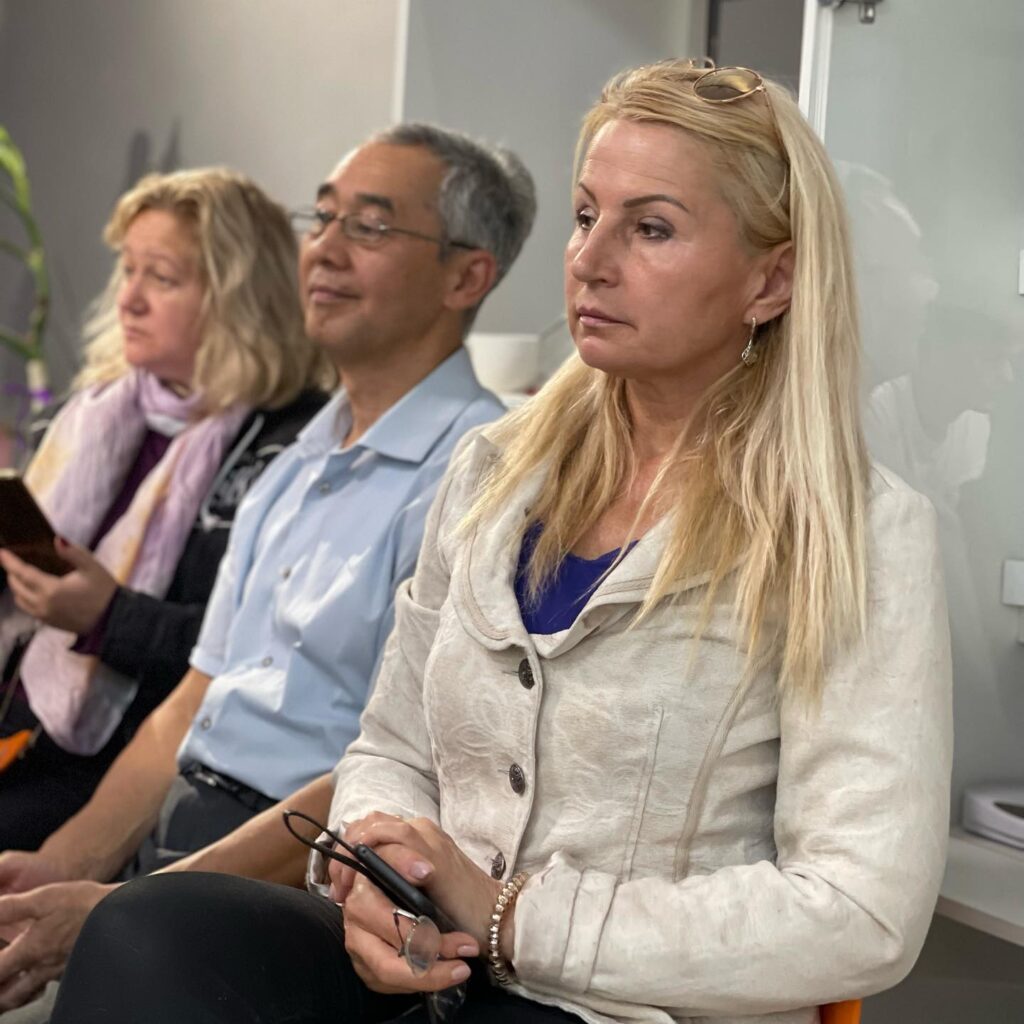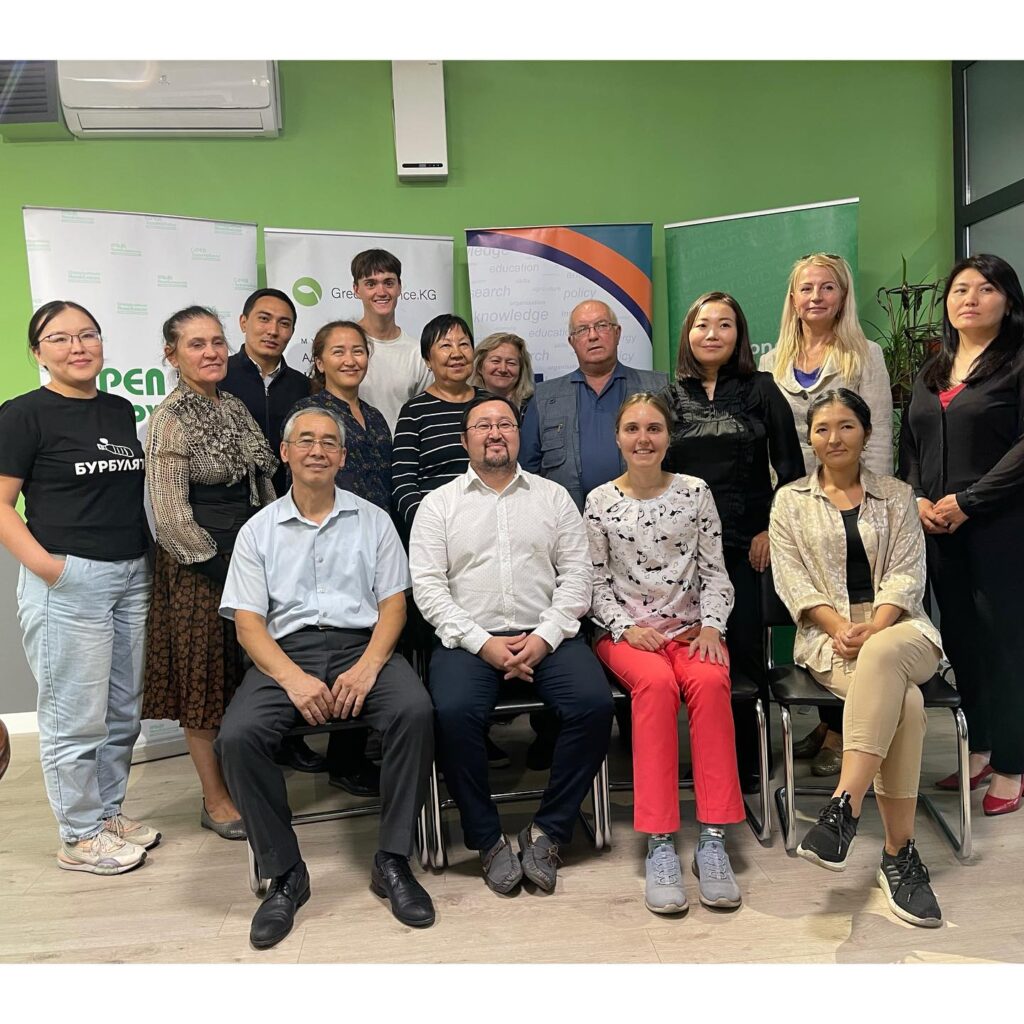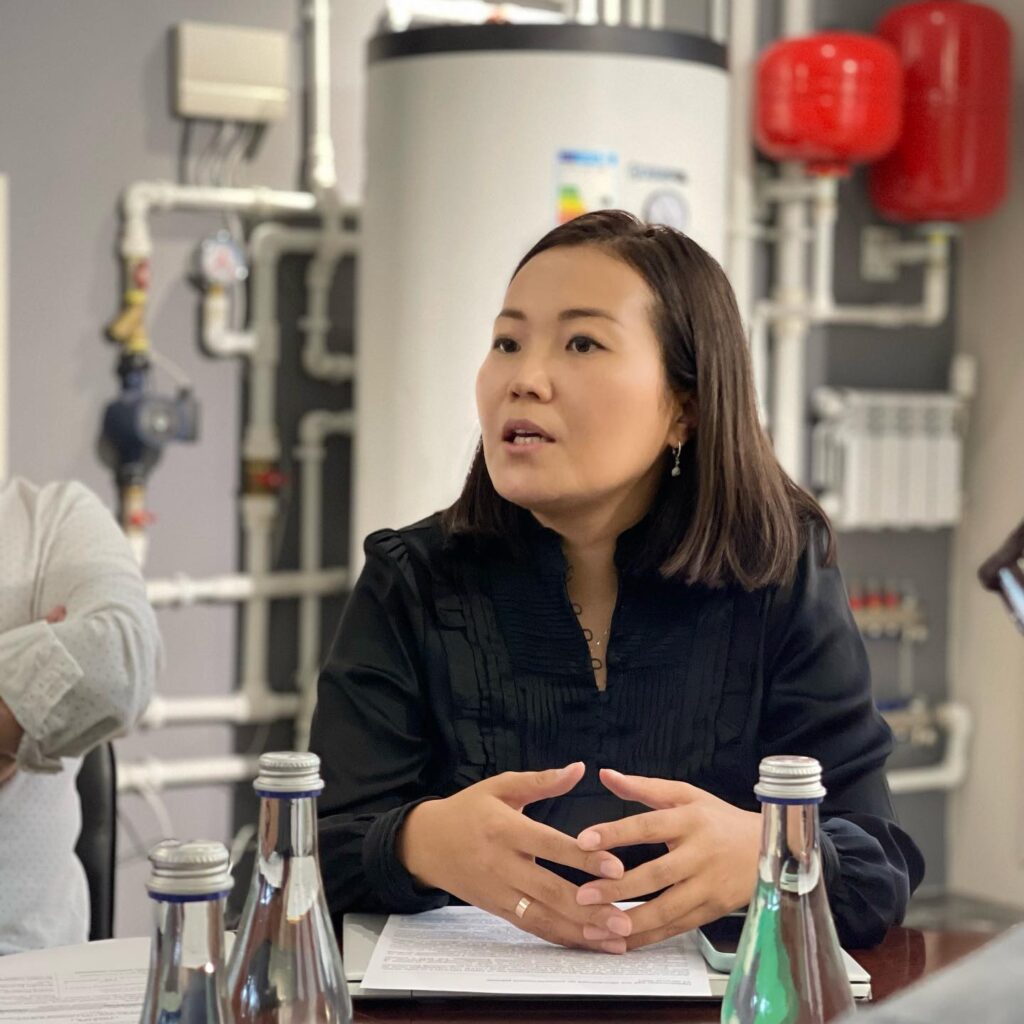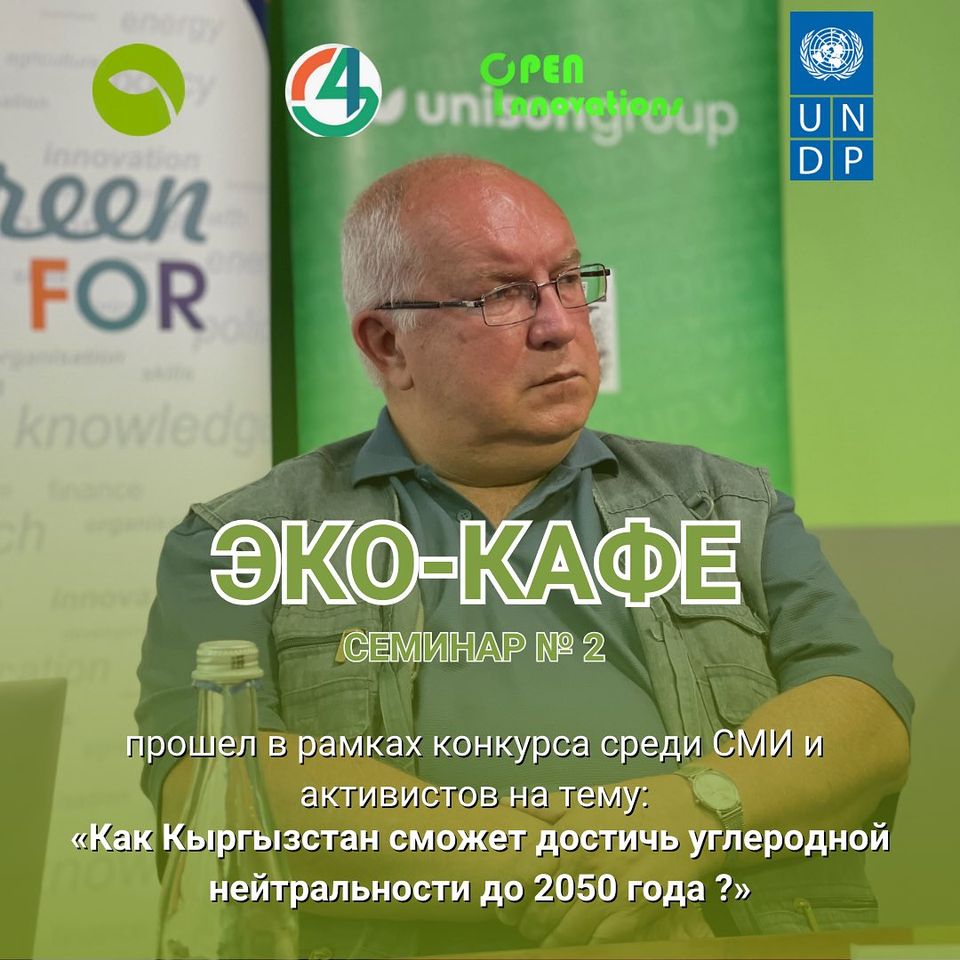
On September 4, 2023, within the framework of the general UNDP project “Providing advisory support in the development of the “Expanded NDC Implementation Plan and the Long-term Low-Carbon Development Strategy (LTS) until 2050” in Bishkek, media representatives met with experts in the field of resource and energy conservation, and climate change to learn what steps are being taken in our country to reduce greenhouse gas emissions
What is the amount of carbon dioxide emissions from Kyrgyzstan and how to reduce this harm? These questions were answered by experts in the field of resource and energy conservation Nurzat Abdyrasulova and Zhanybek Kulumbetov, climatologist and candidate of geographical sciences Andrey Podrezov, executive director of Green Alliance KG – Ilgiz Kambarov, and UNDP national coordinator – Baktygul Ysabekova.
To remind that by 2050, the authorities of Kyrgyzstan set a goal to achieve carbon neutrality. This was stated by President Sadyr Japarov at the international forum “Astana”.
According to UN experts, “carbon neutrality” or “zero emissions” does not mean their complete absence. These terms simply indicate that the volume of carbon dioxide emissions does not exceed the volume absorbed by the oceans and forests. The main task is to gradually replace fossil fuels, such as coal or oil, with renewable, “clean” energy sources. This is wind, solar and ocean energy.
The way Kyrgyzstan is going to achieve carbon neutrality can also be understood from the president’s speech. He said that given the shortage and high prices of energy, renewable energy sources are increasingly coming to the fore. Work is currently underway to select water bodies on which hydroelectric power plants can be built in the future. He recalled that the hydroelectric potential of rivers in Kyrgyzstan is estimated at more than 142.5 billion kilowatt-hours of electricity, of which 13 percent has been developed. The potential of renewable energy sources is estimated at 840 million tons of equivalent fuel per year.
“By 2050, we set a goal to achieve carbon neutrality, primarily through the use of renewable energy sources. In this regard, I invite interested parties to mutually beneficial investment cooperation in the field of renewable energy sources, including on the principles of public-private partnership. We are creating a reliable state system of preferences and have taken appropriate measures to develop sustainable energy,” Japarov said.
At the meeting, experts said that in addition to renewable energy sources, Kyrgyzstan should pay special attention to energy and heat conservation. And according to experts, although specific steps are being taken in this direction, unfortunately, there are not enough by-laws to begin the specific implementation of all good intentions in life. For example, the energy efficiency coefficient in the construction of all new construction projects should be mandatory. Insulation of walls, floors, roofs, windows during school renovations is a completely feasible aspect of energy and heat conservation. But, alas, in fact, this is not always and everywhere taken into account, But only insulation can save both heat and electricity. And it can be done directly at the level of the aiyl okmotu, for example.
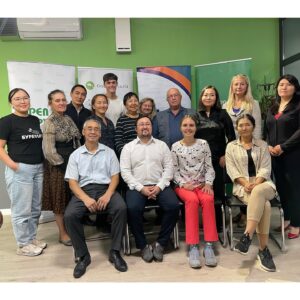
From the speeches of experts, the media representatives learned that Kyrgyzstan has climate-dependent agriculture. In this regard, it is the solution to water problems that has a high priority in adaptation to extreme events. Technical progress will help to possibly mitigate the effects of climate change. Experts in the field of climate, renewable energy, and agricultural technology, citing indisputable facts, gave journalists food for thought. They told who is the main source of CO2 emissions, as well as how ordinary citizens can influence the situation.
Executive Director of the Green Alliance, Ilgiz Kambarov noted that the role of journalists in disseminating information about climate change and all preventive measures taken in this regard by our government and society is enormous. No matter how we treat the mass media, believing that the public is not interested in this problem, it is obvious that if you present them with verified facts, they can be persuaded to act against climate change. The way we talk about climate change is no less, if not more, important than the frequency of publications. The goal of journalism, then, is to provide citizens with the information they need to make the best decisions about their lives, their communities, their societies, and their governments.
Andrey Podrezov made the following conclusions:
There are large regional differences in the vulnerability of agriculture to climate change. Chui, Issyk-Kul, and eastern Jalal-Abad and Osh regions are expected to be most affected. This will affect not only producers, but also processing, trade, and consumers.
The water sector can expect increased stress as a result of drought risk in the northern regions. Increased heavy precipitation will amplify this impact. It will also affect drinking water supply by inflow to open water sources and unseparated drainage and sewer systems.
The transport sector can face asphalt melting as a result of rising temperatures, especially in the northern part of the country. Drainage infrastructure and structures such as bridges may need to be redesigned as a result of increased precipitation.
In the health sector, heat and drought can result in an increase in hospital admissions across the country, especially in the northern and western regions. The burden on emergency services will increase.
The main threats that are expected to increase are heat, heavy rainfall, drought and land degradation. They will cause the highest economic losses.
The problem is that they are largely not recognized as threats, since the primary responsibility lies not with the Ministry of Emergency Situations, but with other sectoral institutions, such as agriculture. The northern regions of the Kyrgyz Republic will suffer the most from drought, while the western regions will suffer the most from heavy rainfall, which will increase the risk of natural disasters such as mudflows, landslides, flash floods and floods.
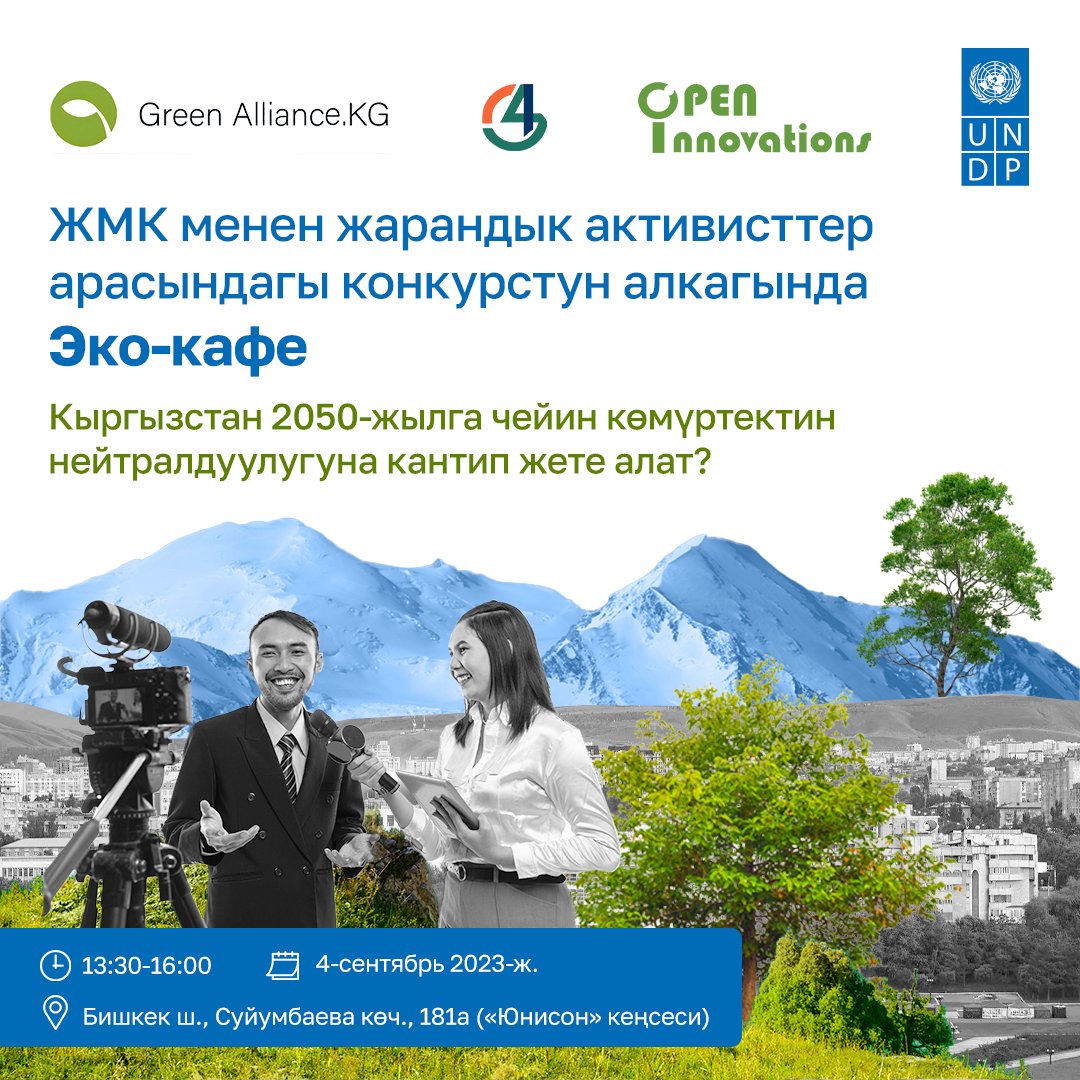
Reference: At the 26th Conference of the Parties to the UN Framework Convention on Climate Change, the country’s president announced that Kyrgyzstan is committing to reducing greenhouse gas emissions by 44% by 2030. One of the tools is the transition to green, clean energy.
This event is being implemented with the support of the UNDP project “Providing Advisory Support in the Development of the “Expanded Plan for the Implementation of the NDC and the Long-Term Low-Carbon Development Strategy (LTS) until 2050”.
This process is coordinated by the Ministry of Natural Resources, Ecology and Technical Supervision of the Kyrgyz Republic and is supported within the framework of the UNDP global initiative “Climate Promise: Phase 2”.


